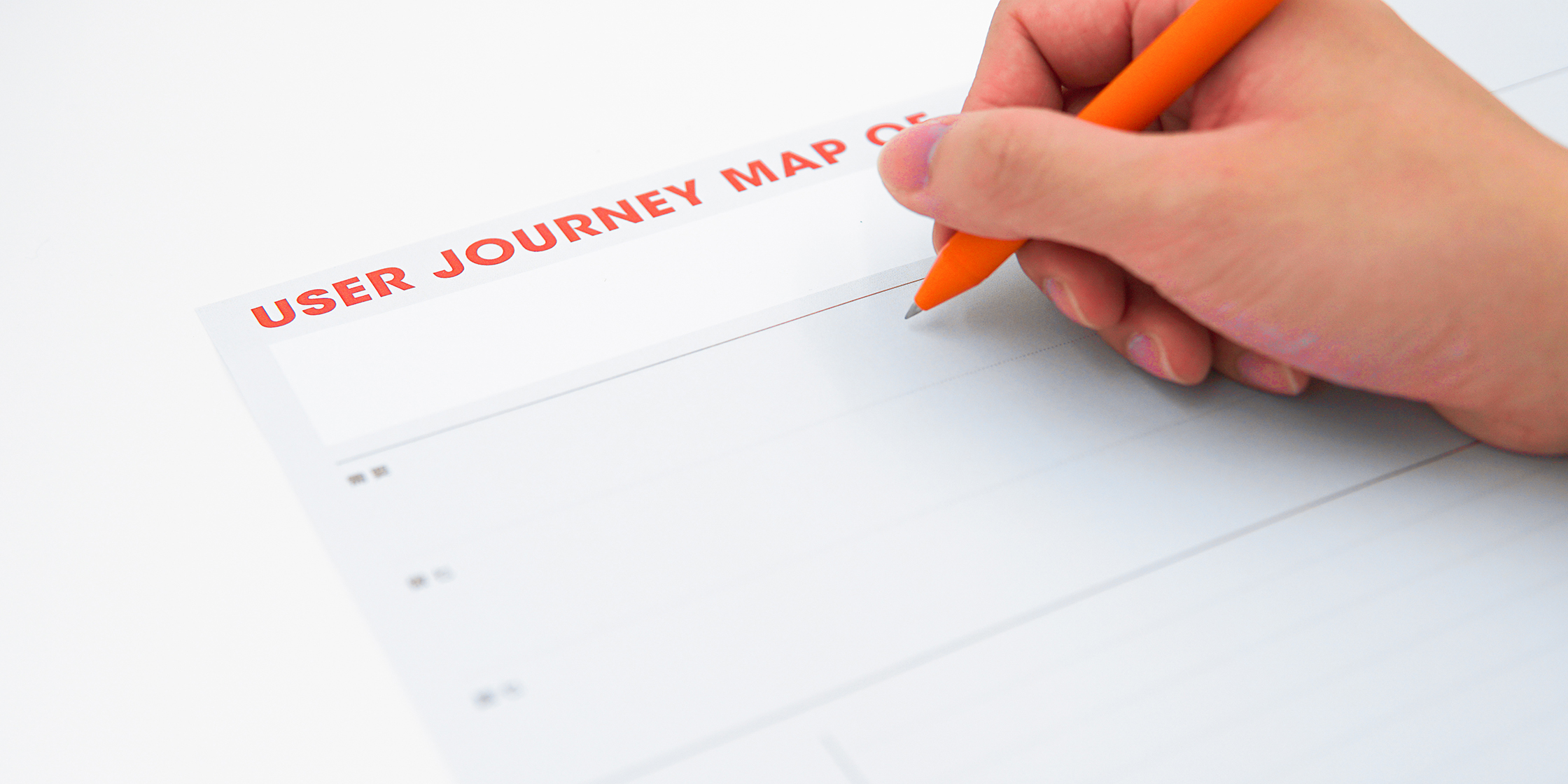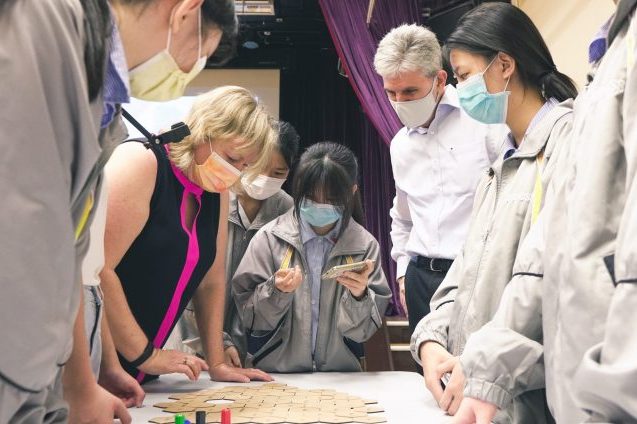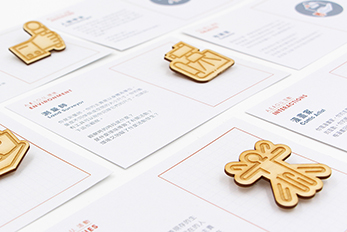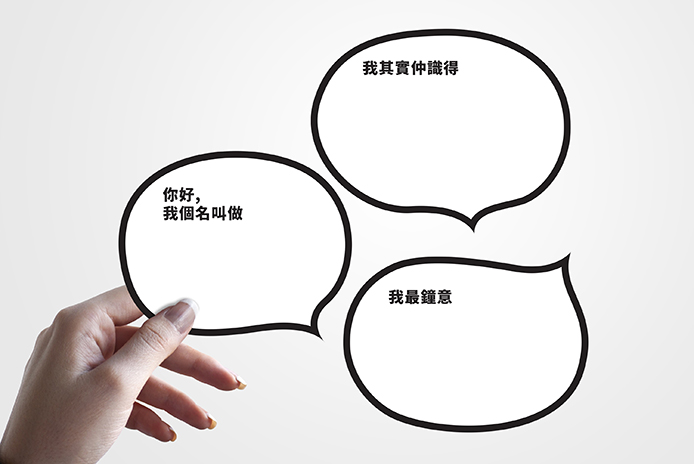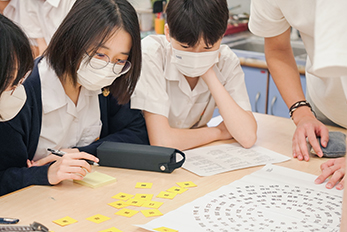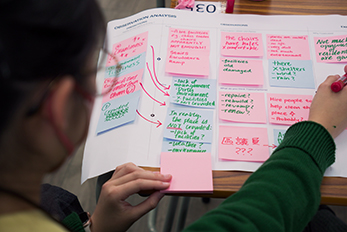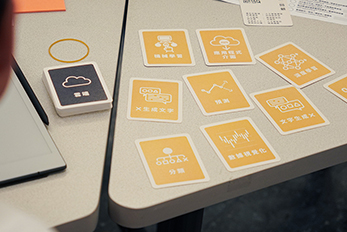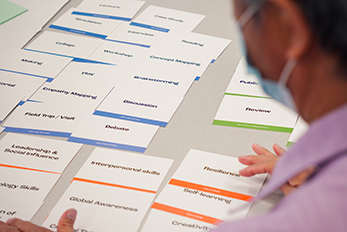WHAT is it?
The User Journey Map is a tool that records the actions, feelings and thoughts involved in using a product or service over a period of time. It takes students beyond a single artefact or touchpoint and into a wider perspective on the whole system. It also helps students assess and imagine the usage in terms of how it is experienced at a personal level and in the actual context of its use.
WHY teach it?
Making the map can help students make design decisions based on user needs. It also provides a tool for them to visualise ideas in different scenarios. It is also very useful for them to practise concretising design in relation to usage, by assessing which parts of the whole user journey are enjoyable, which are insignificant and which have a negative effect.
HOW to do it?
▸ Introduction (5mins)
Explain the goal of the session and the several steps that the students will go through.
▸ Imagining the persona (10mins)
Imagine/record the main person/persona using the product or service, and write a description of this user.
▸ Breaking down the user journey (10mins)
Break down the whole user journey into 3–4 critical phases, and write down the respective needs for each phase. Also record the actions involved in each phase.
▸ Graphing feelings (10mins)
Try to imagine the thoughts and feelings of different users and plot these using a graph to represent ups and downs. Also note the touchpoints at each moment (artefacts, interface, person, etc.).




